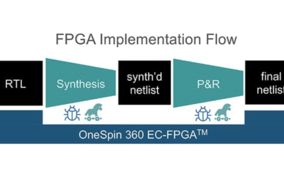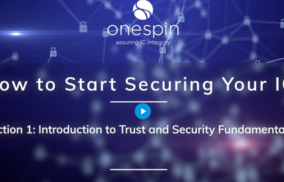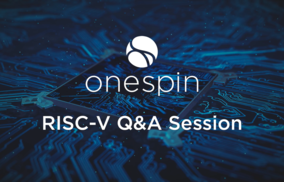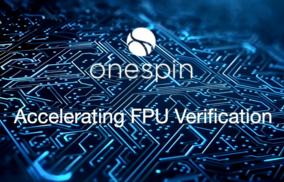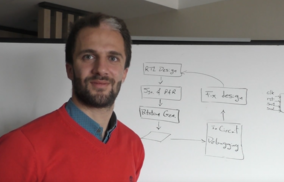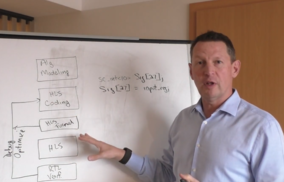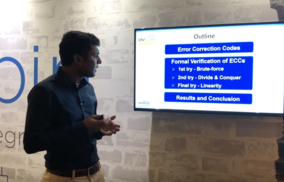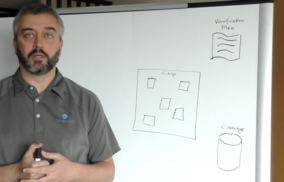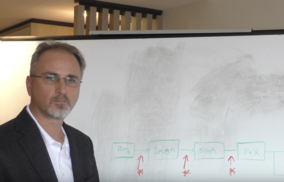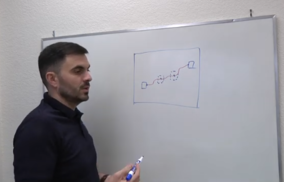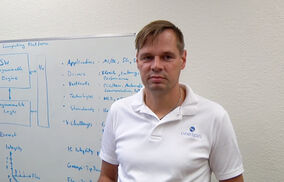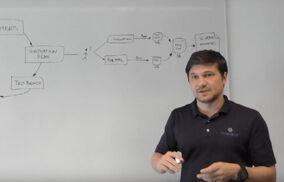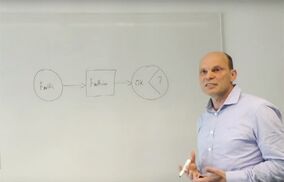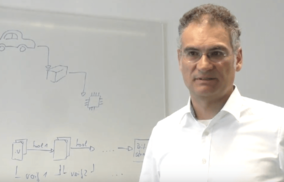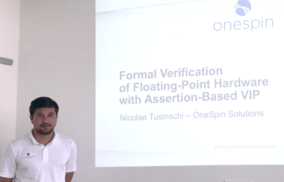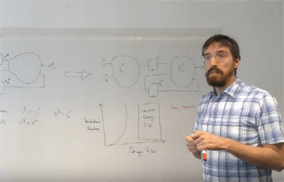Technical videos
Let our experts guide you through our IC integrity solutions.
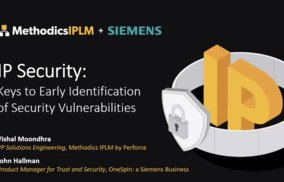
Keys to Early Detection of Security Vulnerablities
In this webinar, OneSpin: A Siemens Business and Methodics IPLM by Perforce will demonstrate early security verification on a small module of intellectual property (IP) intended for integration into an IC. Using Methodics IPLM by Perforce’s key technology for IP management and OneSpin 360™ formal verification tools, our technical experts will jointly perform the process recently released for public comment in the Accellera Secure Annotation for Electronic Design Integration (SA-EDI) Standard.
Keys to Early Detection of Security Vulnerablities
What Can I Expect To Learn:
- Insight into the Accellera Secure Annotation for Electronic Design Integration (SA-EDI) Standard
- Where to find accessible information on security weaknesses and vulnerabilities
- As an IP provider:
- How to define a security asset in your design
- How to provide security information on your IP that may be used by customer
- As an IP integrator (e.g., SoC designer):
- An understanding of the security protections required for a procured IP
- How formal properties are used to achieve security objectives, including real-world examples
- How to manage security attributes with an IP
<<watch video>>
